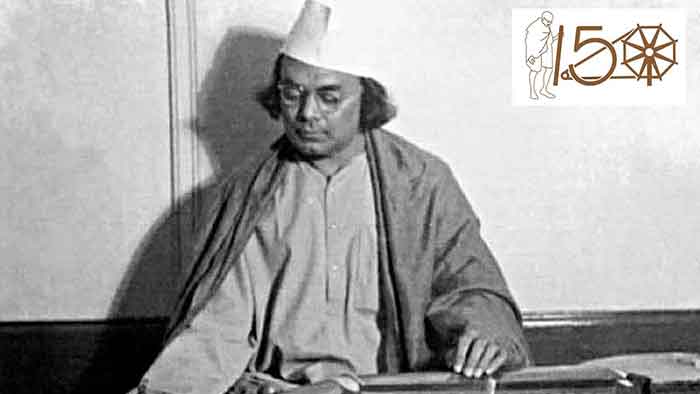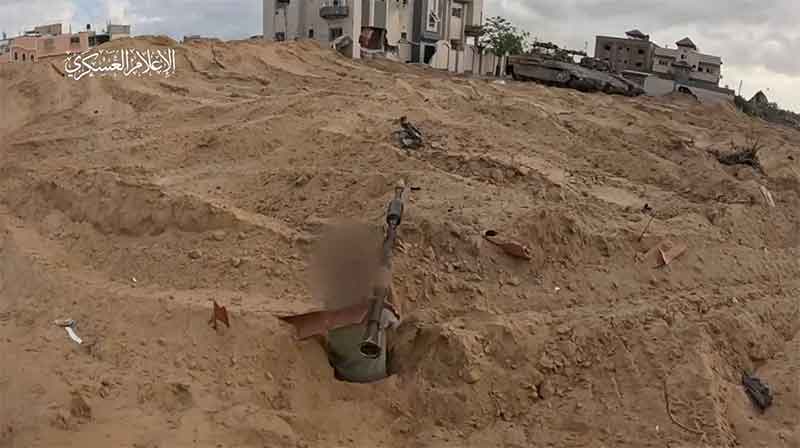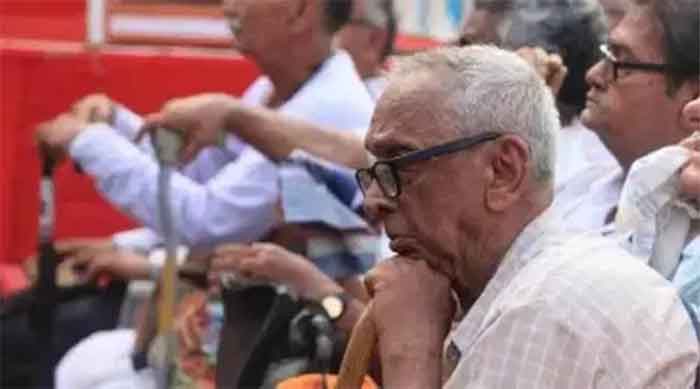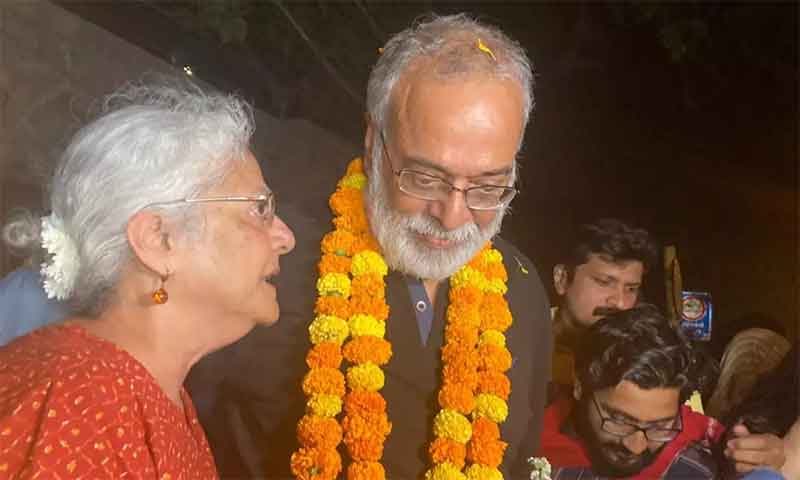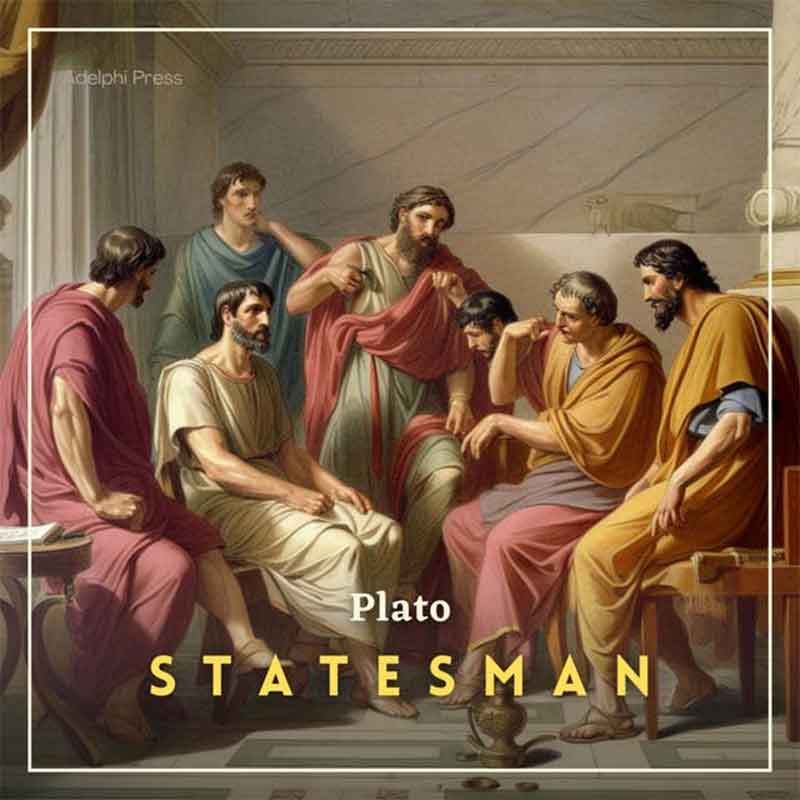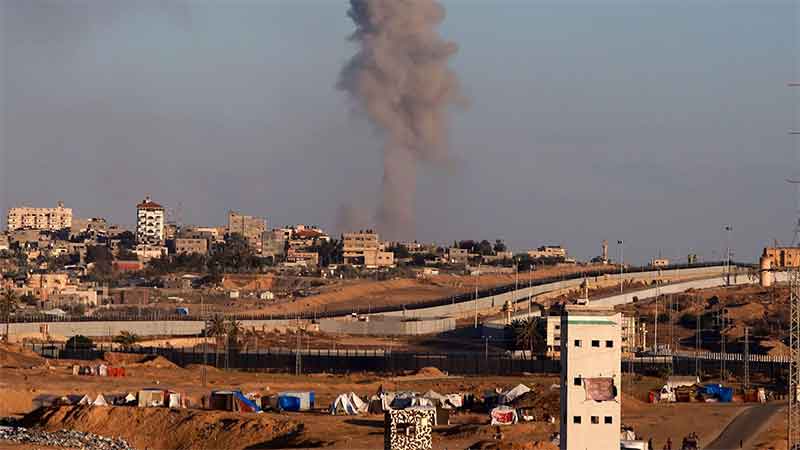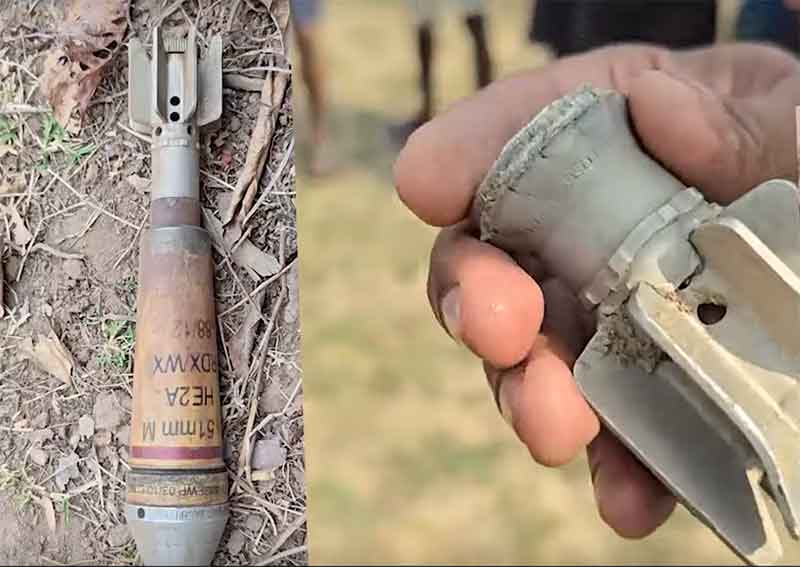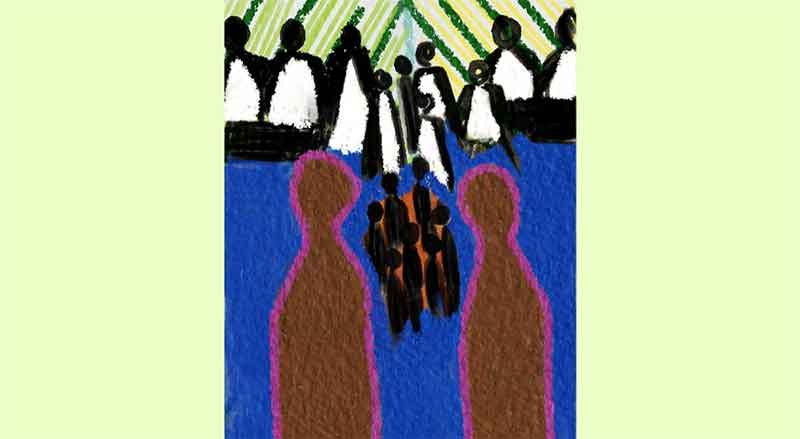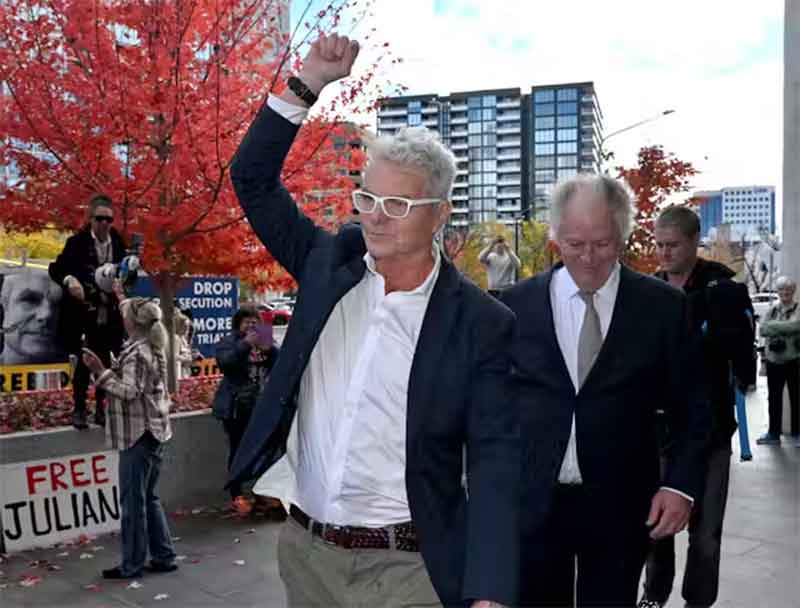
Georgetown University’s first mosque (masjid) was dedicated on March 18 in honor of Yarrow Mamout, one of the area’s earliest residents. Yarrow was an enslaved West African of the Fulani people who arrived in Annapolis in 1752 at age sixteen and was a slave for forty-four years of the Beall family, first in Annapolis and later in Georgetown. A devout Muslim, Mamout spoke Arabic and Fula along with passable English. Through hard work and perseverance, he was eventually able to purchase his freedom and was manumitted at age sixty in 1796. Having finally overcome a series of unfortunate financial events to befall him, he was able to buy a plot of land and build a home on Dent Place NW. Through an investment he made in the Columbia Bank of Georgetown, he was able to enjoy a comfortable life in his later years.
It is, therefore, a most fitting tribute to both Yarrow’s life and enduring faith that the new mosque, only a few blocks away from his former home, be named in his honor. The mosque replaces a former prayer room on the religiously diverse campus that was first established in the aftermath of 9/11.
The result of seven years of planning, the new mosque will serve students not only as a place for worship and prayer but also in offering several services for both Muslim students and others through interfaith programs as well as extracurricular activities. Funding for the elaborately decorated mosque was provide by the Turkish government’s Religious Affairs and its Diyanet Center of America, the people of Qatar and several private donors. Imam Yahya Hendi, director of Muslim life, designed the mosque’s elaborate interior with the work having been executed in Turkey.
In his opening comments, Imam Hendi reflected on his journey in seeing the project through. The imam described the mosque as “…a place to grow and communicate with God within ourselves and with each other, through which we learn the power of listening to one another and the power of learning from one another, in becoming better human beings in making peace and not war.”
He then described the meaning of the room’s exquisite blue and gold calligraphic panels. The dust color of the carpeting was chosen as a symbolic reminder “that we all come from dust and to dust we shall be returned.” Reflecting on his decision, he noted: “We are dustonians. We are sisters and brothers in dust. The destiny is the same.”
In conclusion, he described the room’s most dominant feature, a beautiful glass wall made of 102 individual blue framed panels on 99 of which are written in gold calligraphy God’s most beautiful names and attributes.
Imam Hendi, when introducing Georgetown University President John J. DeGioia, referred to him as “A great supporter of Muslim lives and the Masjid project,” acknowledging it would not have been possible to have created the mosque without his leadership.
President DeGioia thanked Imam Hendi for his continued commitment and dedication to the spiritual enrichment of the community at the university over the years. “I wish to express our profound gratitude to all of the people that supported and contributed to the development of this new home for our Muslim Community,” he said. “This is the next step in this journey to deepen the experience that we can provide our Muslim community.”
The dedication concluded with a dinner and reception in the nearby Rafik B. Hariri Building where a proclamation by Washington, DC Mayor Muriel Bowser was read acknowledging the life of Yarrow Mamout and the importance of the new mosque to campus life and the Muslim community.
Yarrow died in1823 and was buried in the corner of his garden that his obituary noted was “…the spot where he usually resorted to pray.” It also claimed that he was 136 years-old at the time of his death and characterized him as “industrious, honest and moral” and known to all having lived in Georgetown for sixty years.
Yarrow, the well-known and popular Georgetown resident, near the end of his life had his portrait painted twice. The first in 1819 by famed artist Charles Willson Peale who had painted George Washington, Benjamin Franklin, Alexander Hamilton and other American Revolutionary War heroes along with numerous prominent Americans. While in Washington to paint a portrait of President Monroe, he learned of a gentleman in Georgetown who was 100 years old.
Peale, who according to the Philadelphia Museum of Art “was seeking a record of the personal traits that he believed supported a long life,” was enticed in seeking out and painting Yarrow with whom he spent two days. The final work by the seventy-seven-year-old Peale was titled “Portrait of Yarrow Mamout.” Today, the painting hangs in the museum.
A second portrait from 1822 titled “Yarrow,” now hanging in the Peabody Room of the Georgetown Branch, District of Columbia Library, was painted by a seventeen-year-old Georgetown artist named James Alexander Simson. In both portraits, Yarrow wears his distinctive and ever-present cap that is like the kufi worn by many Muslim men.
In 2012, an extensively researched and beautifully written book by James H. Johnston was published telling the story of Yarrow’s life and those of his descendants. Since its publication, From Slave Ship to Harvard: Yarrow Mamout and the History of an African American Family, has stimulated new interest in the once former slave’s life and times.
By 2015, the plot of land on which Yarrow had constructed his home was purchased by a developer and readied for construction of a new house. The construction application invoked a great deal of controversy during which time the project was put on hold while a search by archaeologists was undertaken to locate Yarrow’s grave and remains. After the extensive search did not produce any results, the construction project was allowed to continue. Today, a bronze historic plaque installed in 2021at the front of the property at 3324 Dent Place NW tells Yarrow’s story including some in his own words.
© 2023 nuzeink all rights reserved worldwide
Photo: Phil Pasquini
(This article has previously appeared in Nuzeink.)
Phil Pasquini is a freelance journalist and photographer. His reports and photographs appear in the Washington Report on Middle East Affairs, Pakistan Link and Nuze.ink. He is the author of Domes, Arches and Minarets: A History of Islamic-Inspired Buildings in America.






